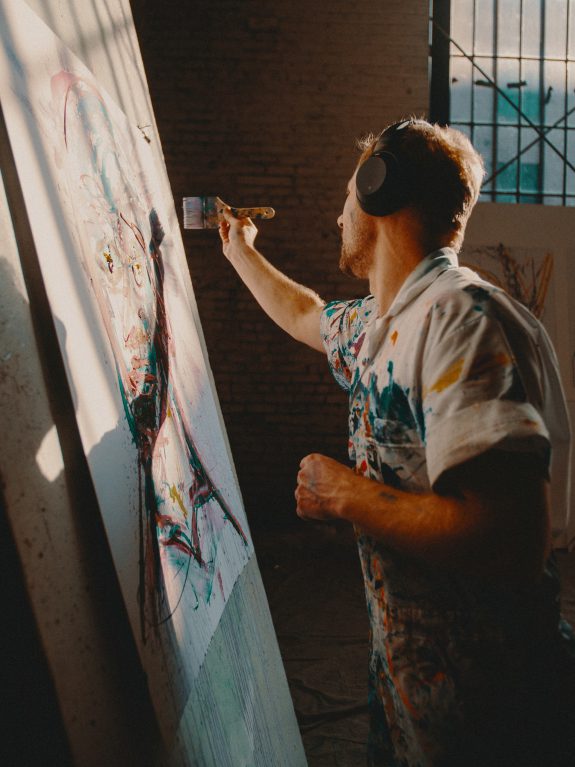GOING INSIDE
by Enric Canet
Julio Cortazar wrote in his enigmatic short story House Taken Oven: “We liked the house because, apart from its being old and spacious (in a day when old houses go down for a profitable auction of their construction materials), it kept the memories of great grandparents, our paternal grandfather, our parents and the whole of childhood”.
Vicent Van Gogh after painting the famous “Bedroom in Arles” explained the following to his brother Theo in a letter: “This time it simply reproduces my bedroom only here color is to do everything…it is to be suggestive here of rest or of sleep in general. In a word, looking at the picture ought to rest the brain, or rather the imagination… The square pieces of furniture must express unswerving rest”.
In Woody Allen’s movie Interiors (1978) the inside spaces are a reflection of the feelings, emotions and thoughts of its characters. In fact, the interior of the house in the film, with its cold hues in the walls, the austerity and perfectionism without stridencies in the decoration, and the lighting of the clear-dark contrasts, reflect the personality of the owner.
They are examples of how the spaces where we live gather our memories, explain our life, show our emotions and, sometimes, can be our lifeline.

Not only artists, but academics also share this vision.
Clare Cooper Marcus, arquitect, said in her book House as a mirror of self that “through our home we meet numerous aspirations, motivations and personal values, expressing itself, this place and its content, as a mirror of self”.
Meanwhile, in Environmental Psychology Principles and Practice, the pshycologist, Robert Gifford, explained that “home is a shelter that surrounds us with privacy, security and protection before the adversities of life”.
We already knew about the importance of our home, we always knew, but also, as usual, a misfortune had to happen to value what is truly important. And, to realize about a major fact in our life: how inhospitable the exterior can be.

In this sense, two elements are, and will be, key to continue enriching and personalizing our home.
On the one hand, the aesthetics of globalization, because everything has an aesthetic, that is becoming more and more homogeneous.
We find an example of this on the fact that small shops, spaces linked to the history and look of the city, are being replaced for big brands that are in every city until the differences between them disappear.
The day will come where we will be mistaken about the city in which we are.
On the other hand, technology, screens, phones, and any other type of device, have the same cold, technique and functional morphology, depersonalizing streets, spaces and people.
In this situation, it is surprising how we try to individualize these devices so they become an appendix of our identity, with our favorite covers, family pictures or ringtones and songs that are part of ourselves.
Now that we hear so often that our society is moving towards the Middle Ages, we will not have any choice but to climb to the highest tower of our castle and scream, or better if we want to be heard, post on Twitter, Facebook, Instagram or LinkedIn that we are and will be always UNIQUE AND UNREPETEABLE.

